Sightseeing Spots
Search Results314
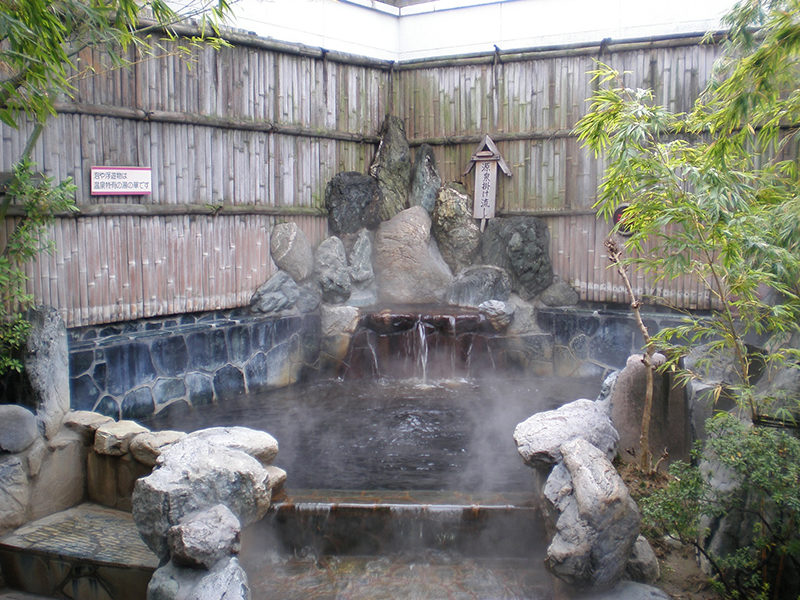
This black water (kuro-yu) hot spring, distinct to the Kanto area, is located along the National Route 4 bypass. In addition to the hot spring baths flowing directly from the source, you can enjoy jet baths, salt saunas, high-temperature saunas, medicated baths and utaseyu (striking water baths).
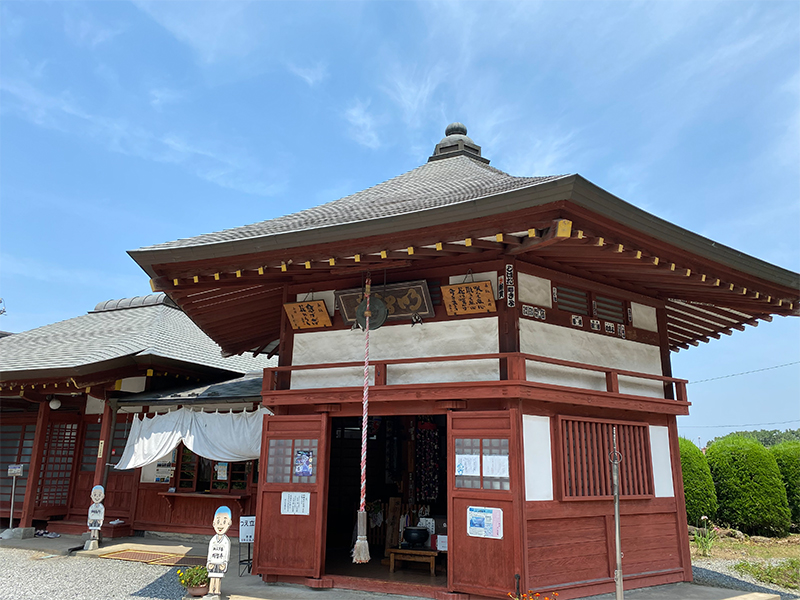
A temple for safe childbirth and child-rearing, and protection from evil. The main deity of the temple, Nyoirin Kannon, or Cintamanicakra, is said to be the God of Mercy and Wisdom, who holds a wish-fulfilling jewel that removes evil and purifies the clouded mind, relieves suffering, and bestows prosperity by giving gold and silver treasures. In the precincts of the temple are three Muromachi period (1336-1573) blue stone pagodas of the three Amitabha images and a mound of letters from the first year of the Hoei era, in which women wrote down their wishes and deposited them.
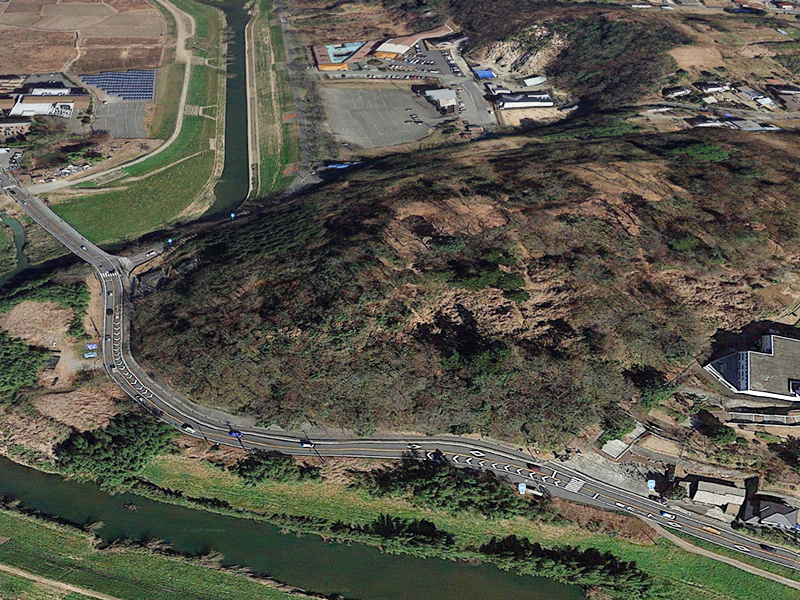
Matsuyama Castle Ruins, built at the top of the Hiki Hills, is one of the most prominent flat mountain castles in the Kitamusashi region and was designated a prefectural historic site in 1925. In 2008, it was added to the Hiki Castle Site Group, alongside the already designated Sugaya Yakata ruins (Ranzan Town), Sugiyama Castle ruins (Ranzan Town) and Ogura Castle ruins (Tokigawa Town, Ranzan Town, and Ogawa Town). The castle is surrounded by a low marshy area formed by the Ichino River, creating a natural fort.
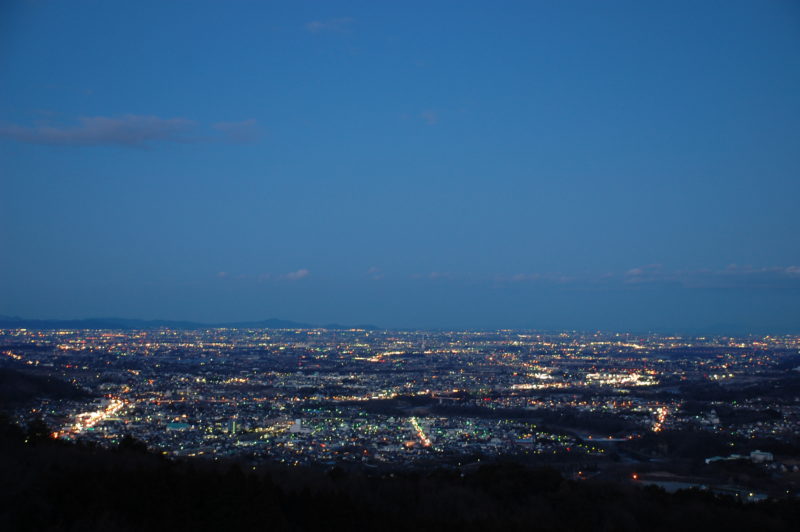
From this observation deck located at 370 meters, you can enjoy a panoramic view of Yorii Town and the glittering skyline at night. In September, this place is popular for observing the seasonal hawk migration.
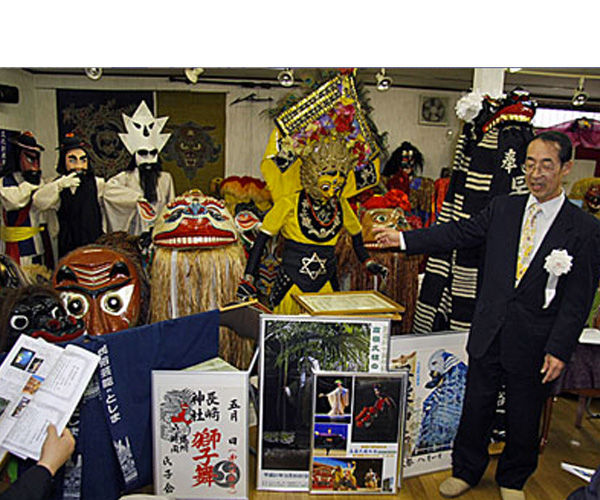
This is a private museum exhibiting ’Shishimai' (traditional lion dance), featuring authentic lion masks, costumes, documentation, performance videos from all over the country and local toys related to the lion.
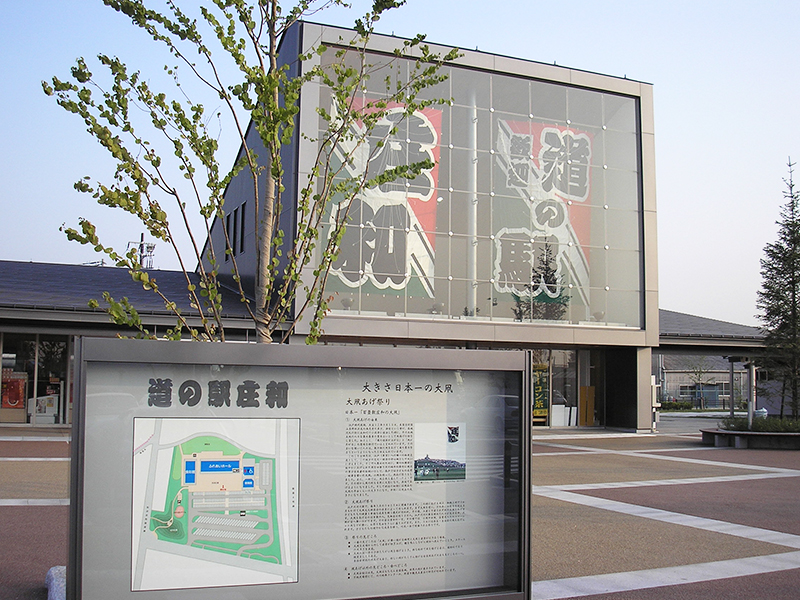
Roadside Station Showa, surrounded by a rural landscape of fertile farmland and pastoral rice fields interwoven with small forest groves, is nestled in the perfect environment to feel the change of the seasons. In the product hall, you can find a variety of souvenirs from all over the country, as well as products unique to the Kasukabe area. You can also buy local fresh vegetables at the farmers market, a place popular with tourists. Meals are also available at the restaurant, "Shokusai-kan."
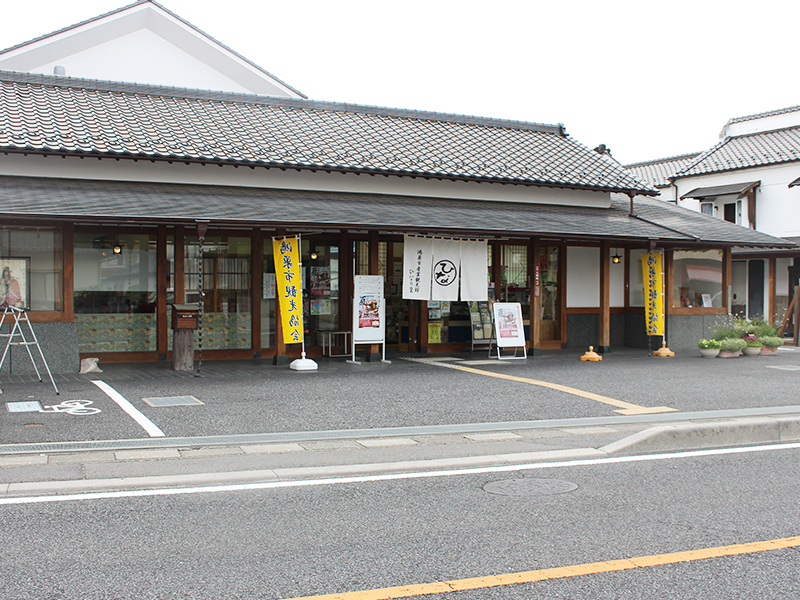
There are many exhibits that tell the history of Konosu Town as well as hina dolls and akamono dolls, a warehouse built in the Meiji period (designated as an important building of Saitama Prefecture's landscape), and a stage decorated with mosaic art. The museum also provides sightseeing information and sells local specialties. Make sure to stop by for an enjoyable time!
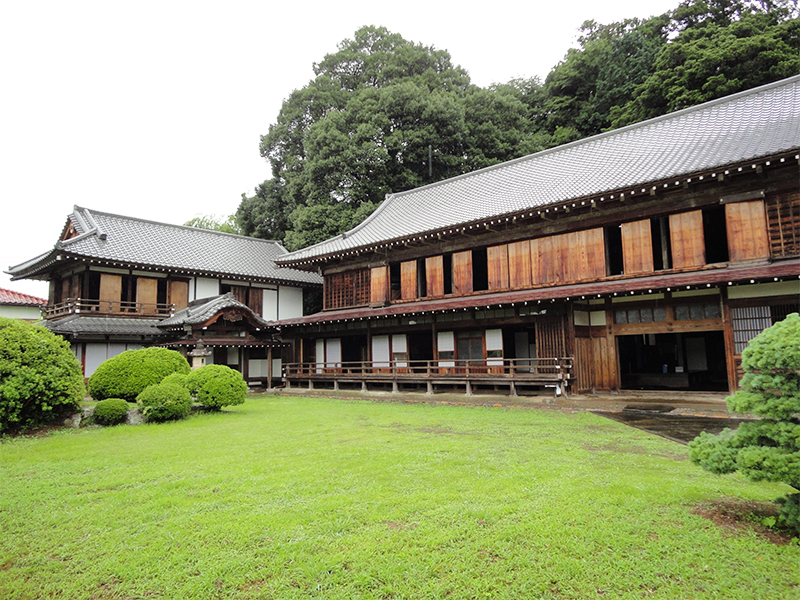
This residence, built during the end of Edo period to the first half of the Meiji period, centers around the main building and guest hall, which includes a barn and two storehouses. Featuring stone and white walls built facing the road, it is a beautiful representation of Komago scenery. The residence was designated as a national tangible cultural property in 2014.

Myoonzawa springs up from a steep wooded slope located along the Kurome river in the southern part of Niiza, Saitama. It is a clear stream selected by the Ministry of Environment as one of the "Top 100 Waters of the Heisei Era." Myoonzawa covers a stretch of about 100 m before joining with the Kurome river. You can find many rare creatures and plants that only can live in the cleanest of waters in this exceptional stream.
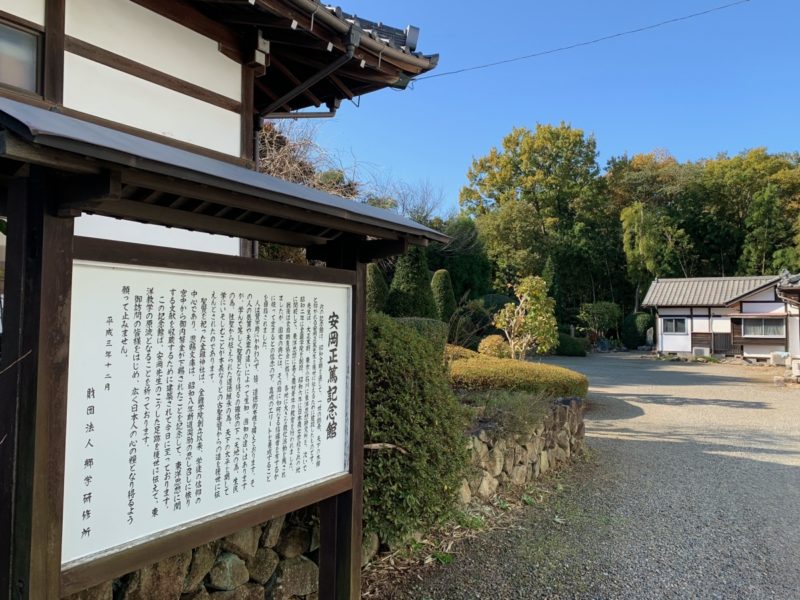
In 1970, the “Gogaku Kenshujo Foundation” (village school training institution) was established on the site of the “Japan Agricultural Teachers' School,” founded by Dr. Masahiro Yasuoka in the early Showa period. In 2012, the foundation was officially named the “Foundation for Gogaku Training Institute and Masahiro Yasuoka Memorial Museum” to carry on the tradition of the Japan Agricultural Training School and to promote Gogaku (village schools), as well as to pass on to future generations the much needed teachings and anthropology of Dr. Masahiro Yasuoka.
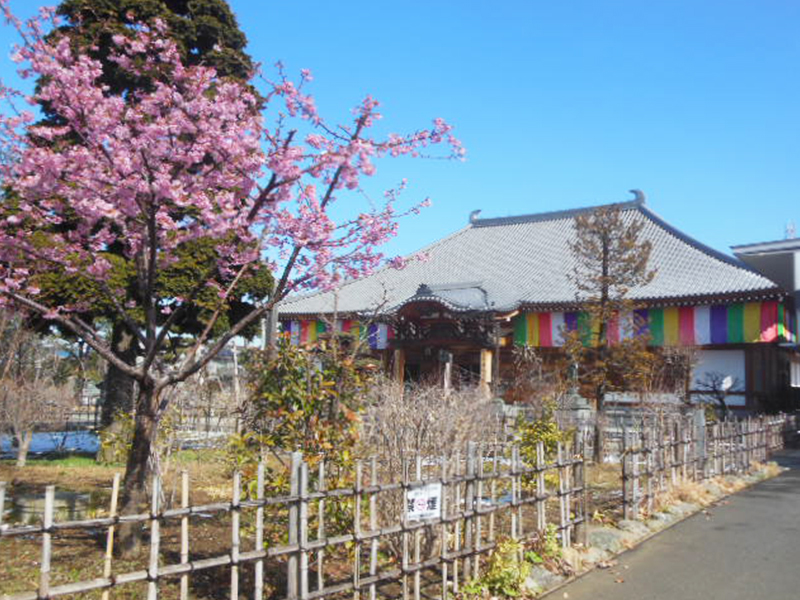
Henjoin Temple was founded in 1394 during the Muromachi period Oei Era (1394). The main deity of the temple is the Great Sage Fudo Myoo. He is believed to take the form of pure anger in order to guide those whose sins are so deep that they can't be brought on the right path in any other way. He is worshipped as a Buddha who fulfills wishes, prevents disasters, and provides wealth.
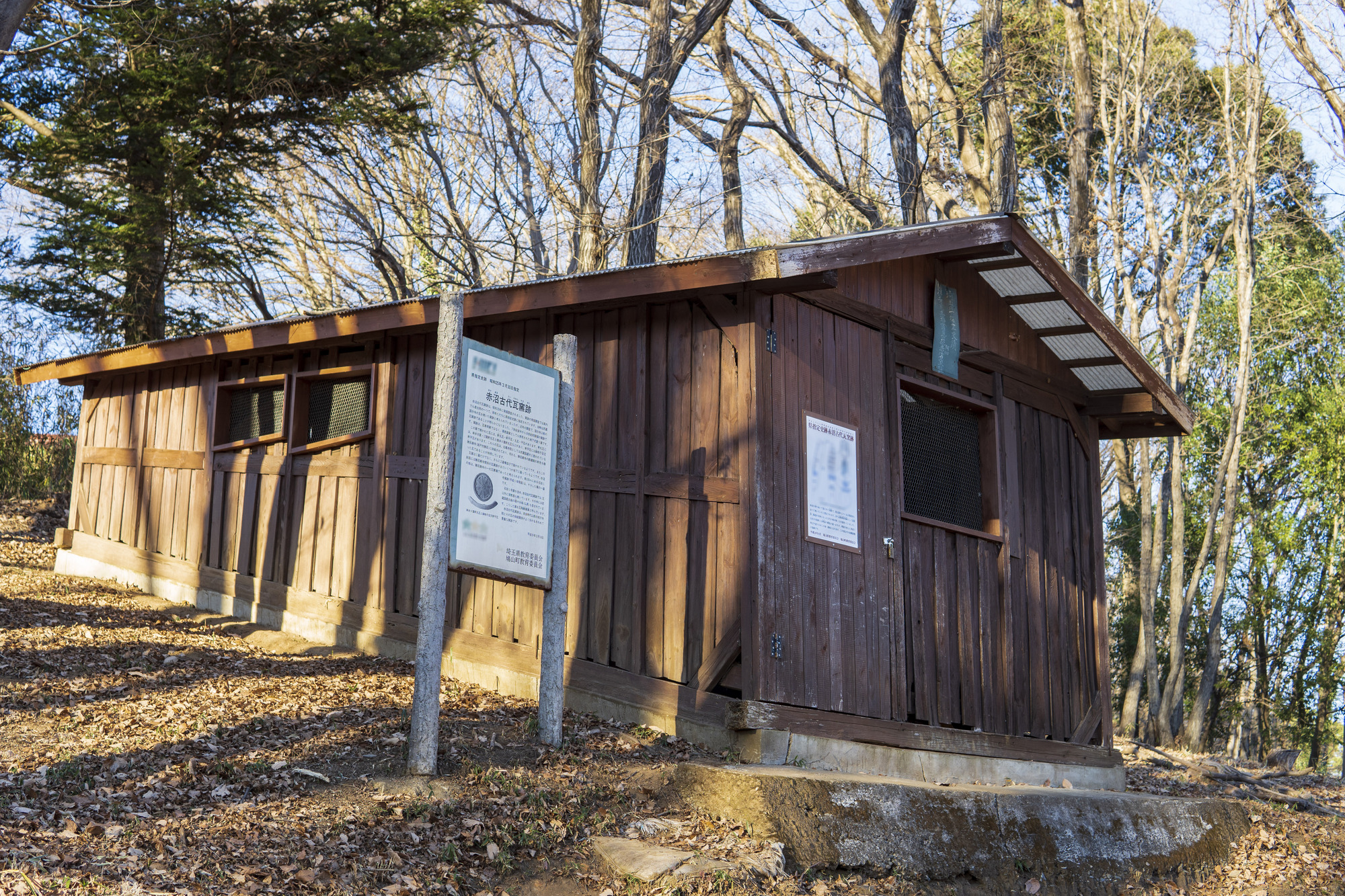
Said to be one of the oldest artifacts in Saitama Prefecture, the ruins of this kiln date back to the 7th century. It has been designated a historical spot of Saitama Prefecture. It was once thought to be a tile kiln created for the establishment of Musashi Kokubunji Temple, however after careful inspection of an excavated tile, it was discovered that the kiln was created for the establishment of Saguro Temple in Sakado.
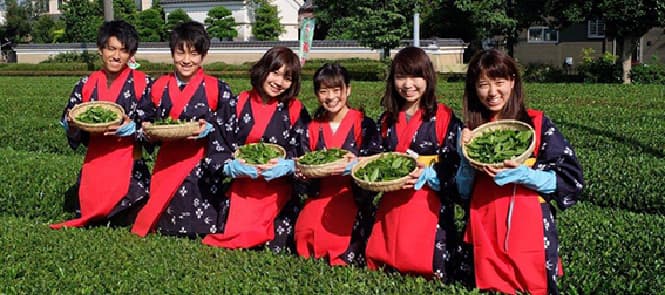
As celebrated in a traditional Sayama tea picking song: "Shizuoka for color, Uji for aroma, and Sayama for flavor." Sayama tea ranks among Japan's top three teas, alongside Shizuoka tea and Uji tea. At Miyanoen, visitors can enjoy hands-on experiences that bring them closer to Sayama tea. Their tea leaf-picking experience includes wearing traditional red aprons (available for rent), tasting the tea you've freshly picked, sampling unique tea leaf tempura, and creating matcha art - all wonderful ways to immerse yourself in both Sayama tea and Japanese tea culture.
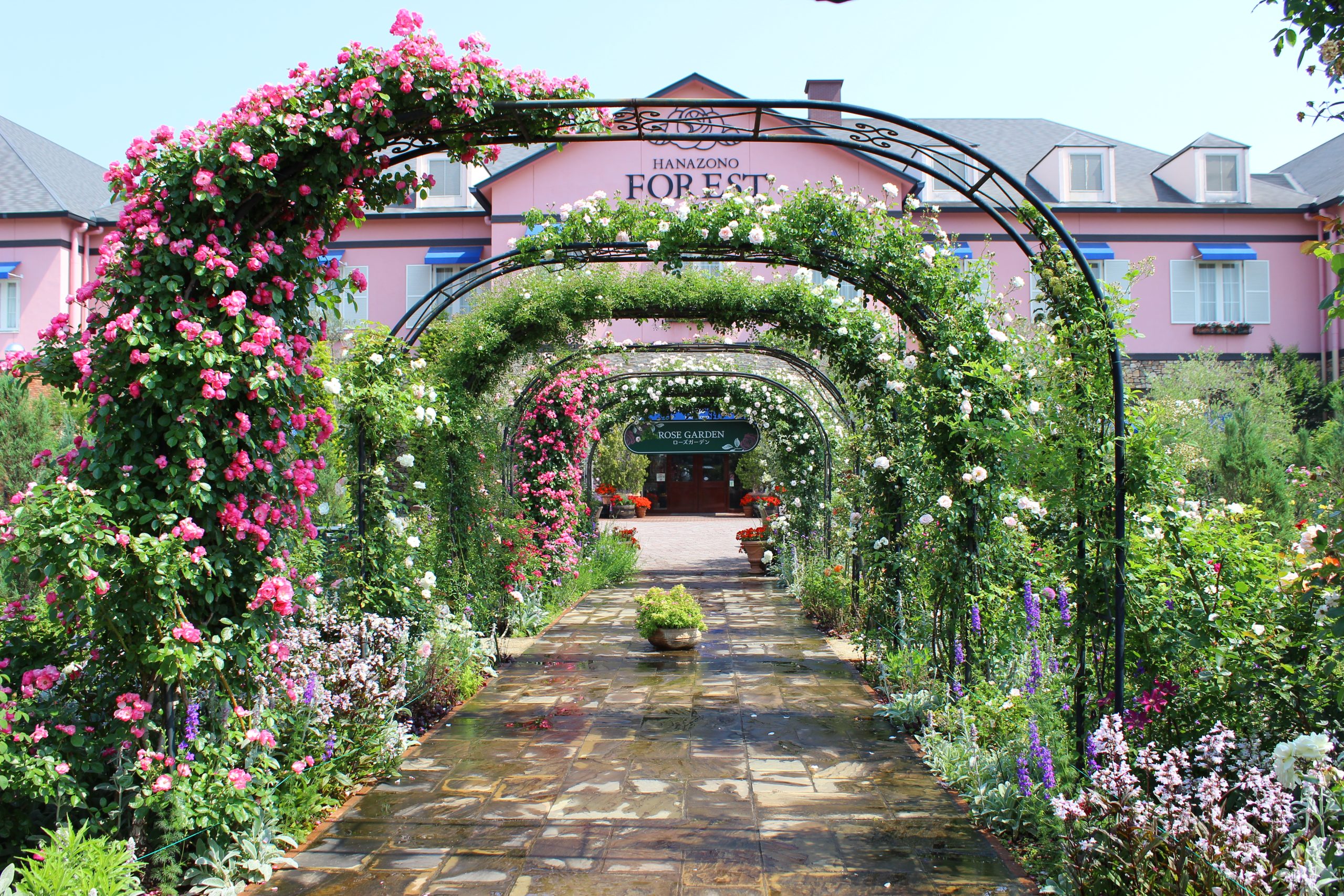
Hanazono Forest is a sweets theme park modeled after a quiet European mansion, just two minutes away from Hanazono Interchange by car. Baumkuchen, sweets and souvenirs perfect as gifts, cakes and gelato specially selected by pastry chefs, freshly baked bread and outlet products are also available. Enjoy your favorite pastry or bread while strolling in the vast, beautiful rose garden.

A complex where visitors can experience Scandinavian culture. Rent a private tent sauna at the Sauna Club, enjoy a Scandinavian-style Kokko BBQ, or shop for regional specialties. In the spring of 2021, a glamping field for up to 10 tents was added to the facility. Feel free to stay the night or simply enjoy a day of fun at this popular location!
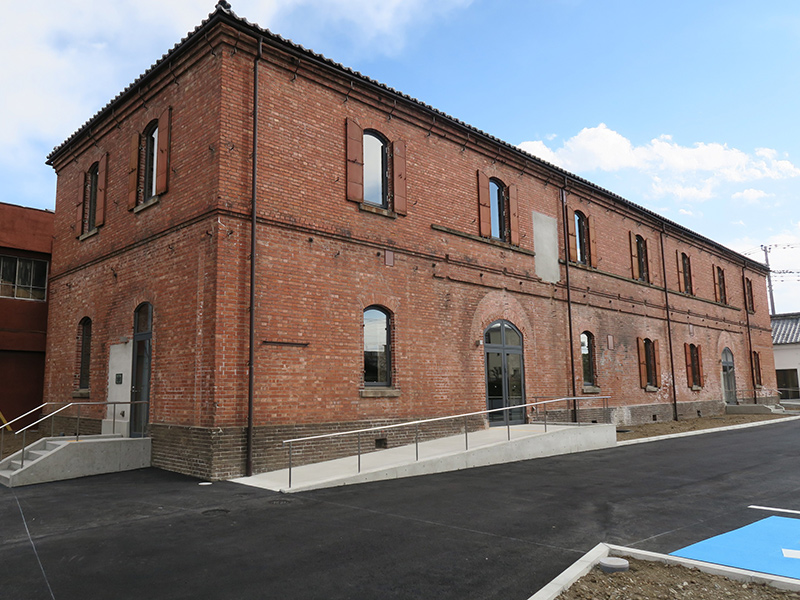
Built in 1896, this brick warehouse supported Honjō's silk industry with the storage of cocoons and silk. It is a nationally registered tangible cultural property.
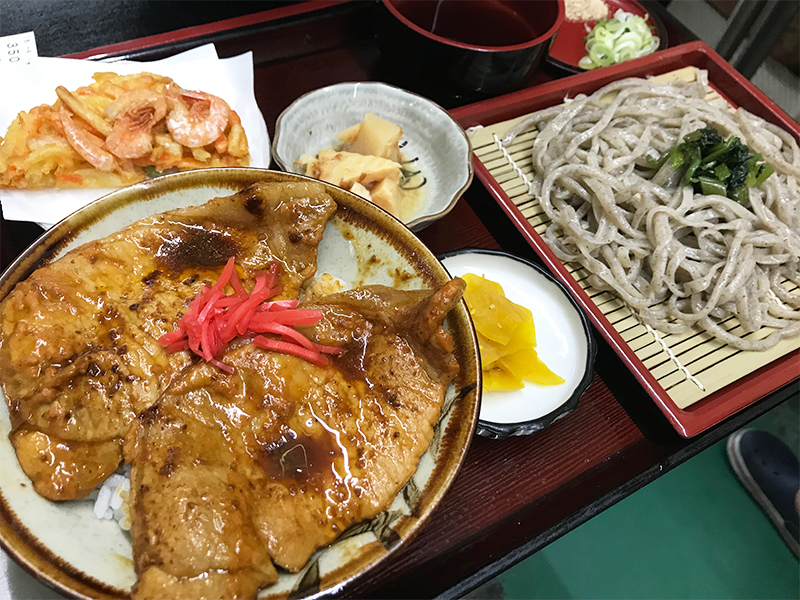
Enjoy country-style handmade soba, udon, and other set menus long popular among the farmers of Ashigakubo. You can also enjoy strawberry picking! The strawberries are bright red and packed with juicy sweetness. Strawberry picking is located right next to Menya Kinoko Chaya. If you want to pick strawberries, stop by Menya Kinoko Chaya first. ※ Time limit of 30 minutes per entry. ※ We would appreciate it if you could contact us in advance.
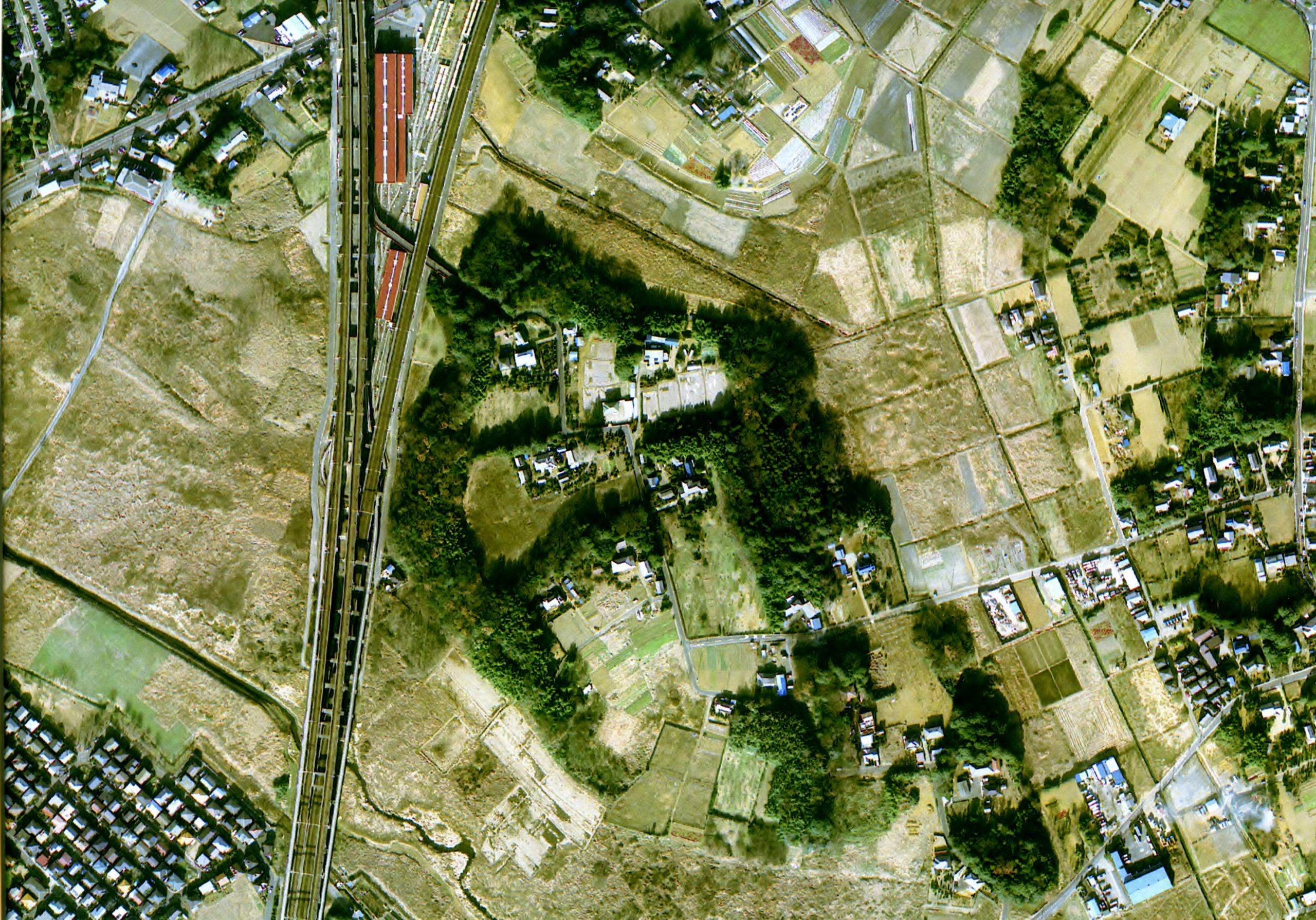
Ina town has a rich history still visible in the seemingly ordinary townscape of today, telling the tales of many hundred years ago. This is the site of the encampment used by the prominent leader Tadatsugu Ina, who served under the Tokugawa shogunate during the Edo period. Tadatsugu improved irrigation channels and developed rice fields, laying the foundation for the legendary Tokugawa rule that lasted 260 years. To this day, earthworks, moats, and streets remind us of the past through their names that relate to ruins of old gates, encampments, storehouses, and other historical structures. Excavations are still under process, and new finds, such as unique earth constructions made to hinder enemy troops, are being discovered, further revealing the exciting history of Ina town.
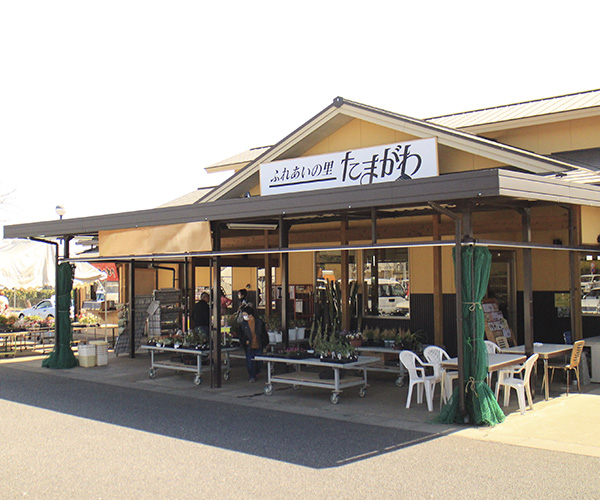
This facility was built in 2006 for "farmers and merchants" as a center for regional revitalization. The shelves are lined with fresh vegetables and locally processed foods. Please visit here for inquiries related to use of the nearby “Kawa no Hiroba BBQ" (river sqaure BBQ area). Our mascot character "Norabitan," based on the local delicacies Norabō-na (Norabō greens) and Ao-Nasu (blue eggplant), is waiting together with us for your next visit!
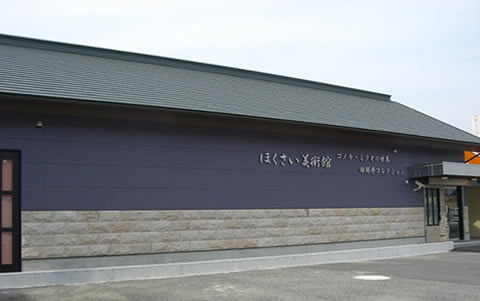
This museum exhibits the collection of pictures and sculptures owned by art collector Tabei Jinichi. In addition to the exhibitions of famous painters, the artworks of artist Konoki Mioku are also permanently exhibited.
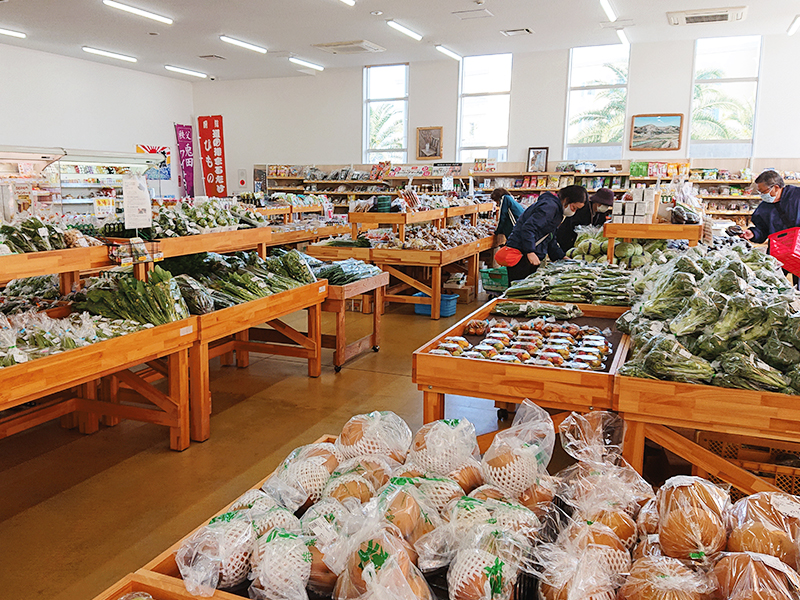
Located right next to the Kamisato Smart IC, this store is packed with fresh produce representative of Kamisato, such as pears, strawberries, corn, cucumbers, and tomatoes. The store is also popular for holding events featuring seasonal fruits and vegetables, such as the Corn Fair, Pear Fair, and Strawberry Fair. In the food court attached to the store there are a local handmade udon noodle restaurant called Kiyanchi and a handmade hamburger steak restaurant with its head office in Sengoku (Tokyo) called Grill K Farms which attract many lunchtime visitors from near and far.
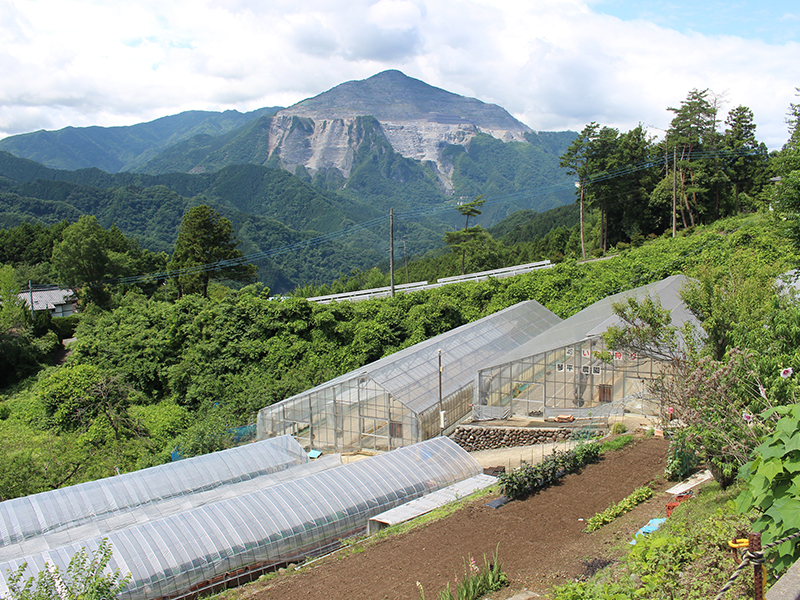
You can enjoy fruit picking and tasting at this sunny farm located on a south-facing slope. A spectacular view of Mt. Bukō is right in front of you! As a health precaution, we ask that visitors wear a mask and disinfect their hands.
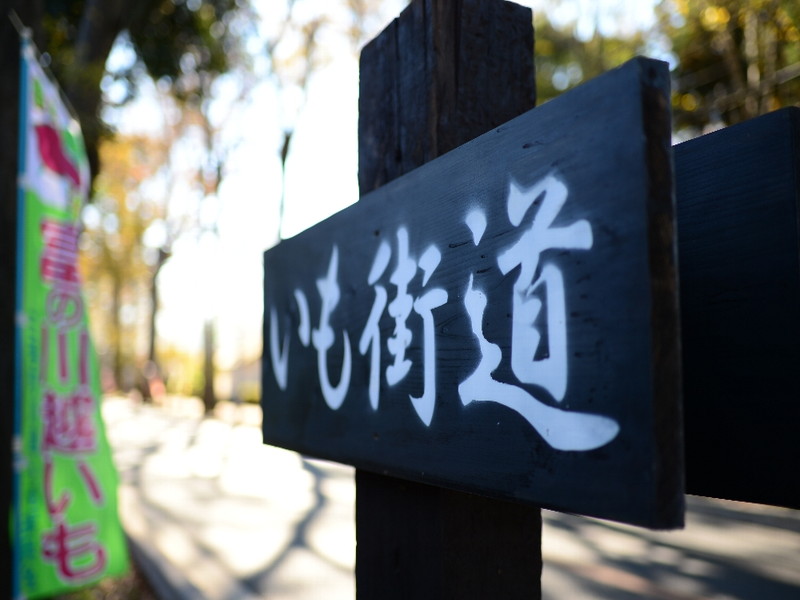
This road is lined with farm houses responsible for producing Miyoshi-machi’s specialty sweet potato “Fuji no Kawagoe Imo." When in season in September through January, the farmers raising their banners in unison to signify that many sweet potato varieties are now available for purchase is a sight unique to this area. There are also farmers selling ice cream, yōkan (gelled red bean wagashi) and shōchū made from Fuji no Kawagoe Imo. The large Japanese elm trees on either side of the road are another popular attraction.

This is a unique factory tour facility where you can have fun learning about the world of sweets! You can observe the manufacturing process of Pocky and Pretz up close, learn about chocolate in a fun way, enjoy a quiz tour, see the museum zone where 1500 toys are exhibited, and even take part in a workshop to make your own sweets! This is a spot for not only children but also adults to enjoy through a wide variety of hands-on experiences!
This site uses cookies to improve the user experience. If you continue to browse, you consent to the use of cookies on this site. Accept
CONTACT
